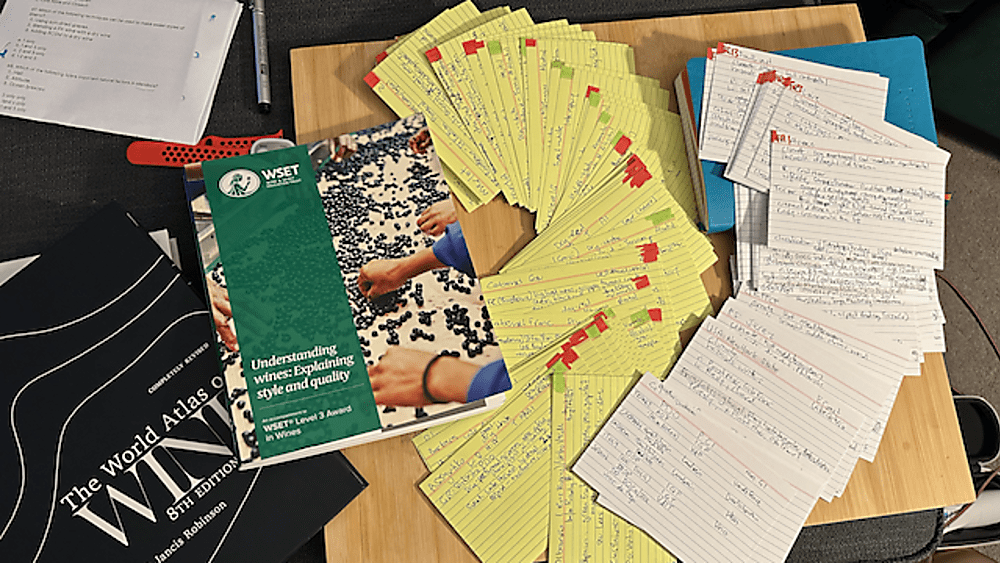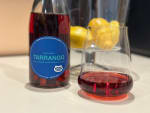In this post, on the Wine & Spirit Education Trust (WSET) Level 3 Award in Wine, I’ll look at aromas and flavours. At this level, students are introduced to the concept of primary, secondary, and tertiary flavours and aromas in wine. Understanding these key components is crucial to being able to identify and appreciate the unique characteristics of different wines and passing your tasting exam.
- Primary - come from the grapes and the terroir
- Secondary - come from winemaking
- Tertiary - come from ageing of the wine
Primary Flavours and Aromas
Primary flavours and aromas are those that come directly from the grape variety itself. These include fruit, floral, and herbal notes, as well as certain mineral and earthy characteristics. For example, a Sauvignon Blanc might exhibit primary aromas of grapefruit, lime, and green apple.
Secondary Flavours and Aromas
Secondary flavours and aromas are those that arise during the winemaking process. These can include notes of oak, vanilla, toast, and spice, as well as yeast-derived characteristics such as bread or pastry. A Chardonnay that has been aged in oak barrels, for example, might exhibit secondary aromas of vanilla and toast.
Tertiary Flavours and Aromas
Tertiary flavours and aromas are those that develop as the wine ages. These can include notes of honey, leather, tobacco, and earth, as well as subtle changes to the primary and secondary characteristics. A mature Bordeaux might exhibit tertiary aromas of dried fruit, tobacco, and forest floor.
WSET Systematic Approach to Tasting Wine
As a WSET3 student, you’ll know that being able to identify and articulate these different flavours and aromas is essential to passing the wine tasting test. To discuss the development and ageing potential of a wine, you’ll need to consider where the flavours/aromas come from. Don’t worry - for WSET3, you’ll more than likely get Youthful wines.
In summary, being able to group flavours and aromas in three groups allows us to understand and appreciate the many different factors that contribute to a wine’s unique character, and to better appreciate the hard work and craftsmanship that goes into making each bottle.
I learned so much and revised quickly with Brainscape and their WSET Level 3 Flashcards.
Get started for FREE today, but you can unlock all the flashcards and SAVE 20% with this special discount code DAMIENWINE.







